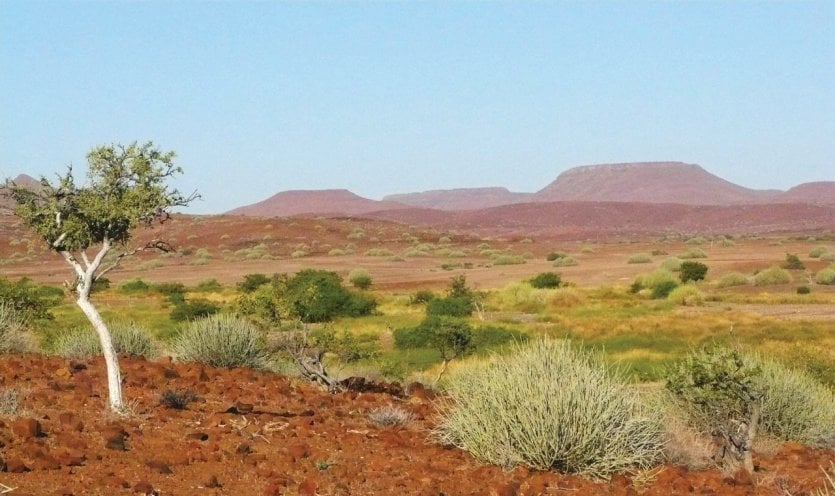
Located in south-west Africa, Namibia fascinates visitors with the sheer variety and beauty of its landscapes. It offers travelers experiences as varied as they are astonishing. In this wild and vast country, one often has the impression of being at the end of the world, with desert landscapes that are an invitation to a profound communion with nature and its flora and fauna. Mountains, rivers, plains, dunes: a trip to Namibia is sure to leave a lasting impression. It's also a great place to meet people from 11 different ethnic groups. Here are the must-sees in this special country, where you can travel as soon as possible.
1- Meet the Himba people
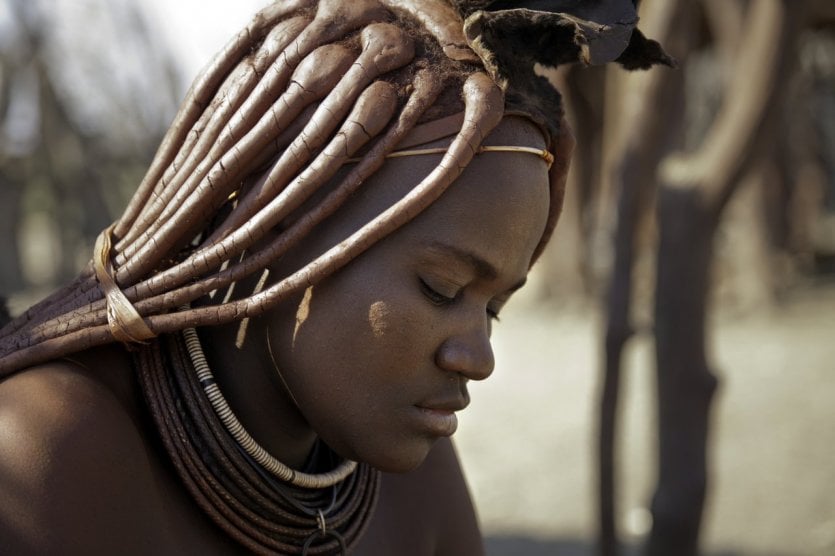
The Himbas are one of Namibia's oldest ethnic groups. They live in an area called Kaokoland, in the north-west of the country. During your stay, you can meet this people who have preserved their ancestral traditions in terms of clothing, social life, food and religion. When you visit a village, the inhabitants are happy to welcome visitors, show them around their homes, offer handicrafts or demonstrate their skills.
2- Climb to the top of the Sossusvlei dunes
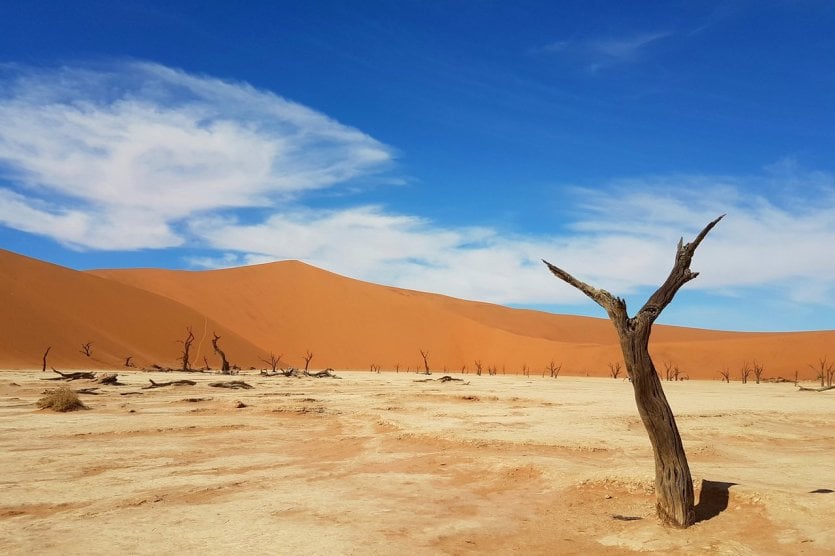
This is one of Namibia's most visited sites. The Sossusvlei dunes lie in the middle of the Namib-Naukluft National Park and constitute the oldest desert in the world. It is said to be over 55 million years old. Here, splendid orange dunes bar the way to the ancient Tshauchab River. On the way to the most famous of these sand mountains, Dead Vlei, you can see dead trees. The most impressive of the dunes is called Big Daddy, and you must attempt to climb it and reach the summit for a breathtaking panorama of the Namib Desert. An experience like no other. The splendid orange-red color is due to a high concentration of iron. See Sossusvlei in our 4 unusual tours for a trip to South Africa!
3- Enjoy Etosha National Park's amazing ecosystem
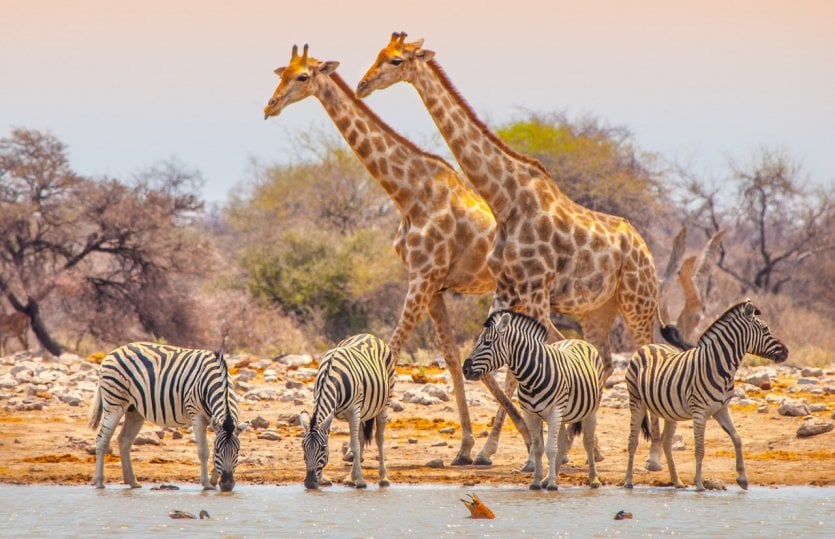
This is Namibia's main wildlife reserve. The park lies 400 km north of the capital, Windhoek. It occupies a gigantic salt pan 130 km long and 50 km wide, which, while dry for most of the year, fills with water during the rainy season. The oases that form attract numerous animals seeking refreshment. The park's flat morphology makes it easy to observe the various animal and bird species. Lions, elephants, hippos, scimitar-hounds, oryx - a safari in Etosha National Park is a unique opportunity to see the country's rich wildlife. It's one of the 10 most beautiful safaris in the world! So don't wait - book your day trip or day or half-day excursion to the park !
4- Venture onto the Waterberg Plateau
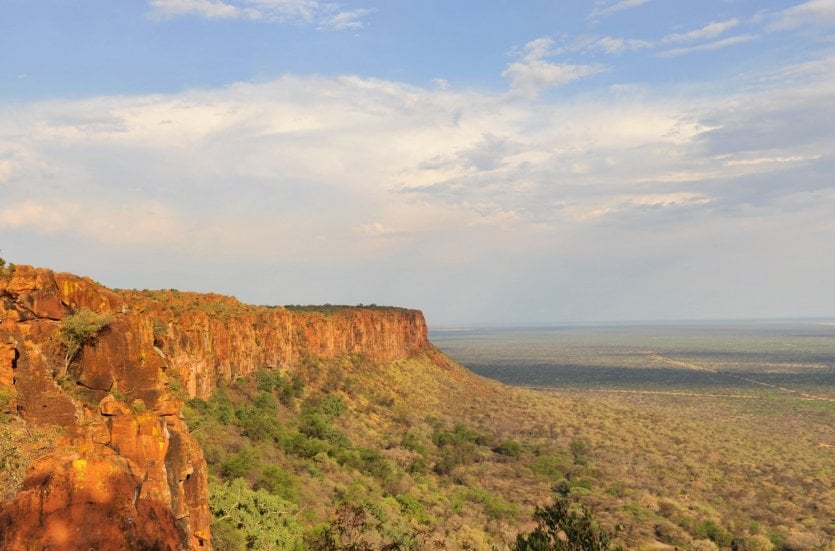
Waterberg National Park lies halfway between the country's capital and Etosha, and is much less frequented by visitors. Yet it's a place not to be missed, a formidable plateau of red sandstone that never fails to catch the eye. This protected reserve overlooks the surrounding plains and offers superb hiking opportunities. If you're lucky, you may even catch a glimpse of rarer wildlife, including black and white rhinoceros, black hippotrague and roan antelope. Still too little known to the general public, this is a magical place not to be missed.
5- See rock art in Twyfelfontein
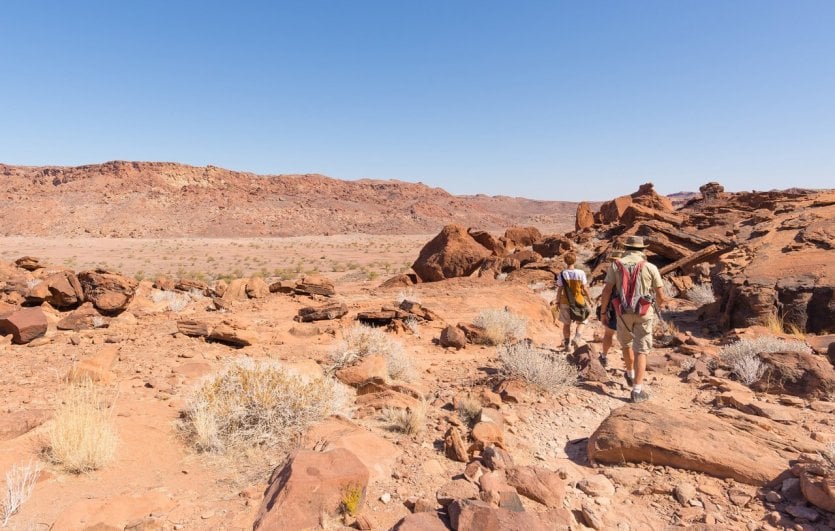
Located in Damaraland, the Twyfelfontein rock art site is an exceptional place. The proof is in the simple fact that it is a UNESCO World Heritage Site. The walk here is magical, and admiring the paintings and engravings is like stepping back in time. The 2,000 or so petroglyphs of Bushman and Khoikhoi origin are in fact 6,000 years old! Surprisingly, they depict pink flamingos, penguins and sea lions, proving that their creators had a close connection with the ocean 100 km away.
6- A tour of the Namibrand Nature Reserve
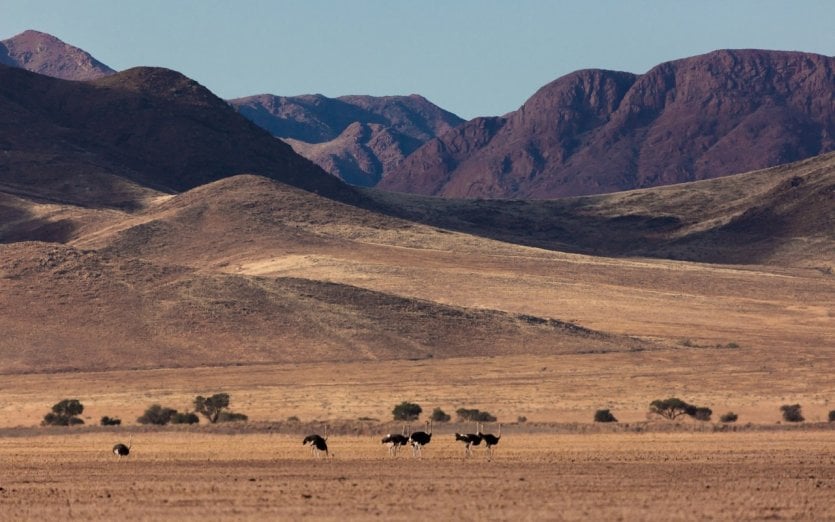
This private reserve is out of this world. It's dazzling with lush green landscapes, mountains and red sand on the ground. The three adjectives that come to mind when venturing here are: lush, wild and desert, because yes, Namibrand Nature Reserve does give these different impressions. On guided hikes, you'll have to keep your eyes peeled for giraffe, springbok, zebra and spotted hyena. And don 't forget to spend a night under the stars to enjoy the breathtaking spectacle of the stars twinkling in the sky.
7- A stop at Walvis Bay
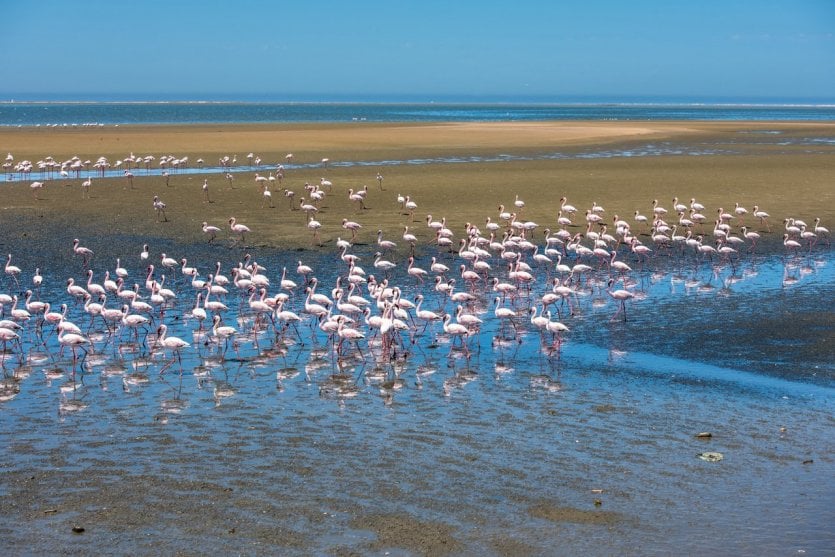
This small port town on Namibia's west coast lies at the heart of the Namib Naukluft National Park. As well as being surrounded by natural beauty, it offers many attractions, such as a stroll along the Walvis Bay esplanade, a promenade along the waterfront from which you can observe a large number of birds, including flamingos and pelicans. For history buffs, museums such as the Walvis Bay Museum and the Moth Museum allow you to immerse yourself in the events that shaped the region. From here, which means "Whale Bay" in Afrikaans, you can also take a cruise to Cape Cross to observe whales and dolphins, or treat yourself to an expedition into the nearby Namib Desert. Take advantage of your visit to take a catamaran tour of the sea!
8- Cape Cross, a sea lion paradise
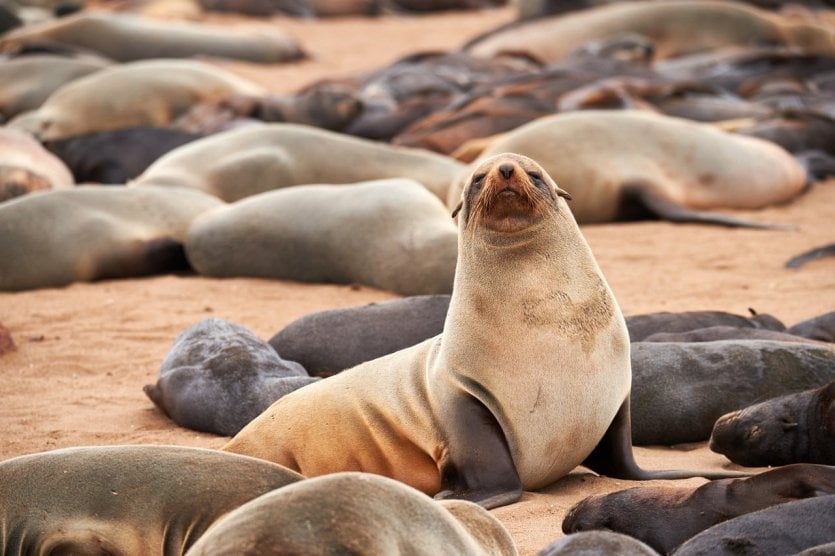
Located on the Skeleton Coast, Cape Cross offers a unique experience: the chance to see Namibia's largest colony of fur seals. Up to 200,000 specimens congregate on this stretch of coastline, and the main reason is that the cold Benguela current brings them food in droves. A boardwalk allows you to wander among the animals, some of which can reach impressive sizes and weights. Cap Cross is also home to shipwrecks and the cross laid down by the Portuguese Diogo Cao in 1486. It marks the southernmost cape discovered in Africa by Europeans.
9- Gain height at Fish River Canyon
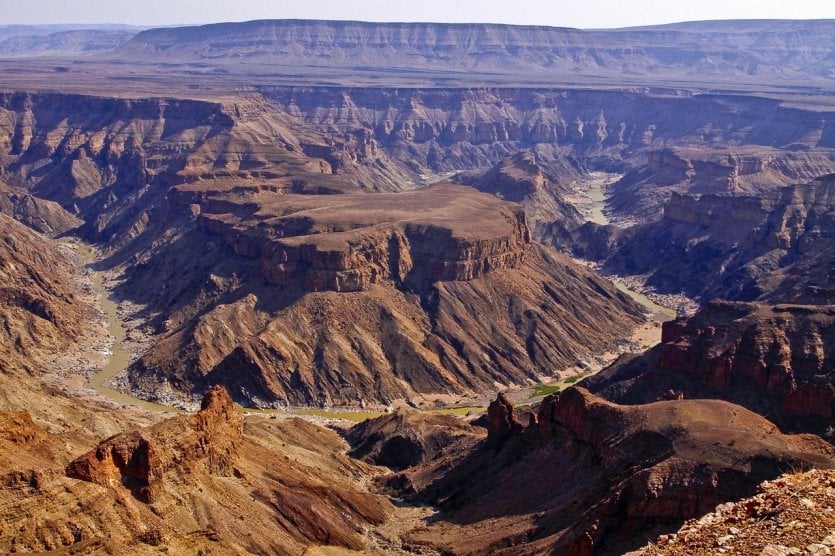
This incredible place is located in the extreme south of Namibia, on the border with South Africa. As a result, it's often overlooked on tourist itineraries, and that's a mistake, because this is a national park of outstanding beauty. In fact, it's the second largest canyon in the world after the American Grand Canyon. It's a must-see, if only to admire the view of the depths and the horizon, once you've reached the best vantage points like the one at Hobas. Fish River Canyon is also a great place to hike, either to the bottom of the canyon or to abseil down to the bottom of the gorge. Thrills guaranteed.
10- A stopover in Sandwich Harbour
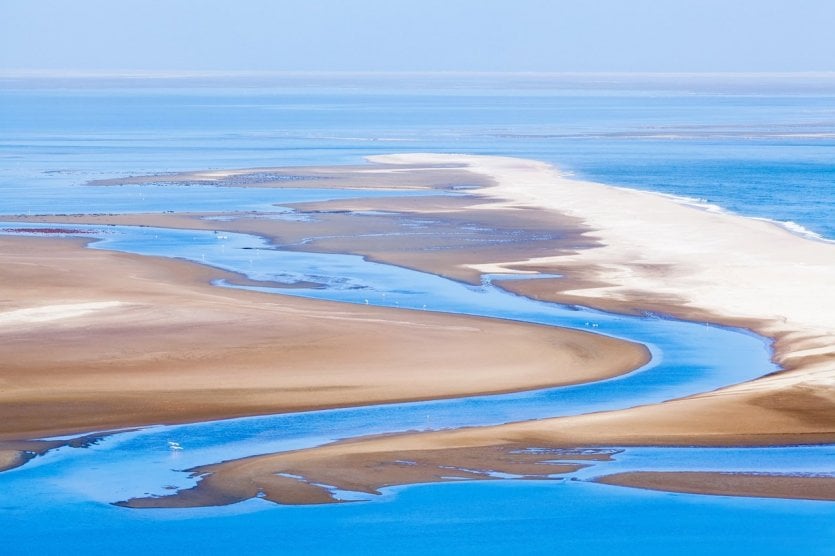
For another of Namibia's breathtaking landscapes, Sandwich Harbour is the place to be. This lagoon is bordered by the Namib Naukluft Park to the east and the Atlantic Ocean to the west. It offers a sensational sight, with its high dunes tumbling into the sea. In 1995, it was declared a UNESCO World Heritage Site. The best way to get there is by 4X4. It's a sporty way to enjoy the panoramic views. You'll also need to keep your eyes peeled for animals such as dolphins, sea lions and a variety of birds. A sublime spectacle for a magical place between ocean and desert, where you can take sublime travel photos.
11- Kolmanskop
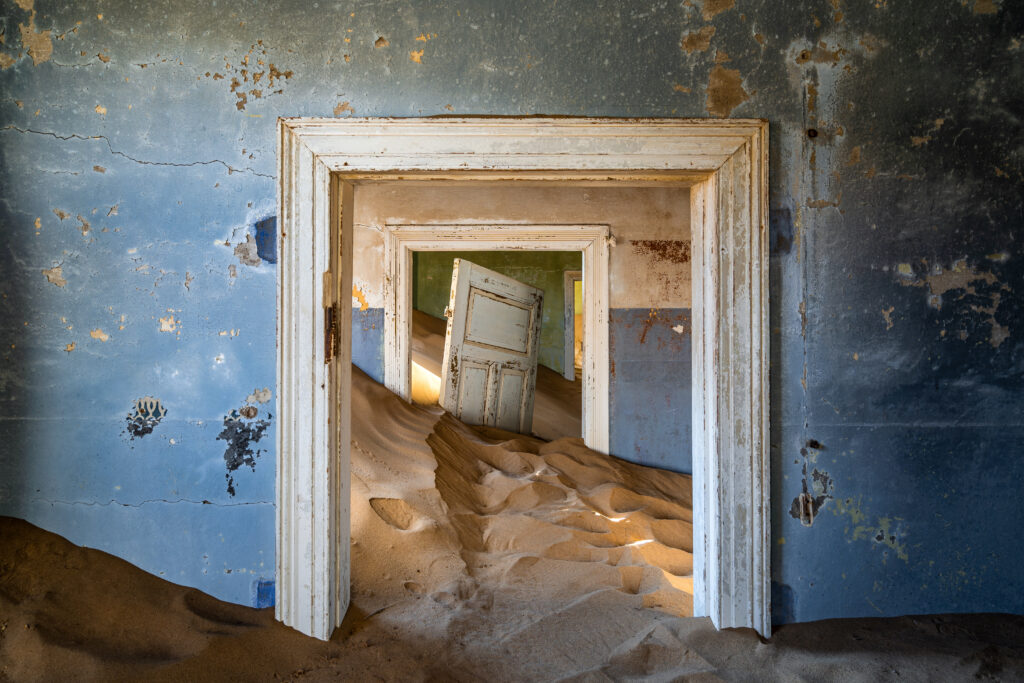
Welcome to Kolmanskop, a ghost town in Namibia's Namib Desert. Once, it was a place full of life, thanks to the discovery of a diamond that launched a rush for these precious stones. People came from all over in the hope of finding their fortune. The town prospered, equipped with all the modern conveniences of the time, including a casino and a hospital. But as is often the case, fortunes changed; more profitable mining elsewhere led to its abandonment in the 1930s. Today, Kolmanskop stands as a silent testament to its bygone glory, its buildings slowly being swallowed up by the advancing desert. Kolmanskop is one of the 10 must-see abandoned sites! Book your immersive immersive tour of Kolmanskop at the best price !
12- Pelican Point
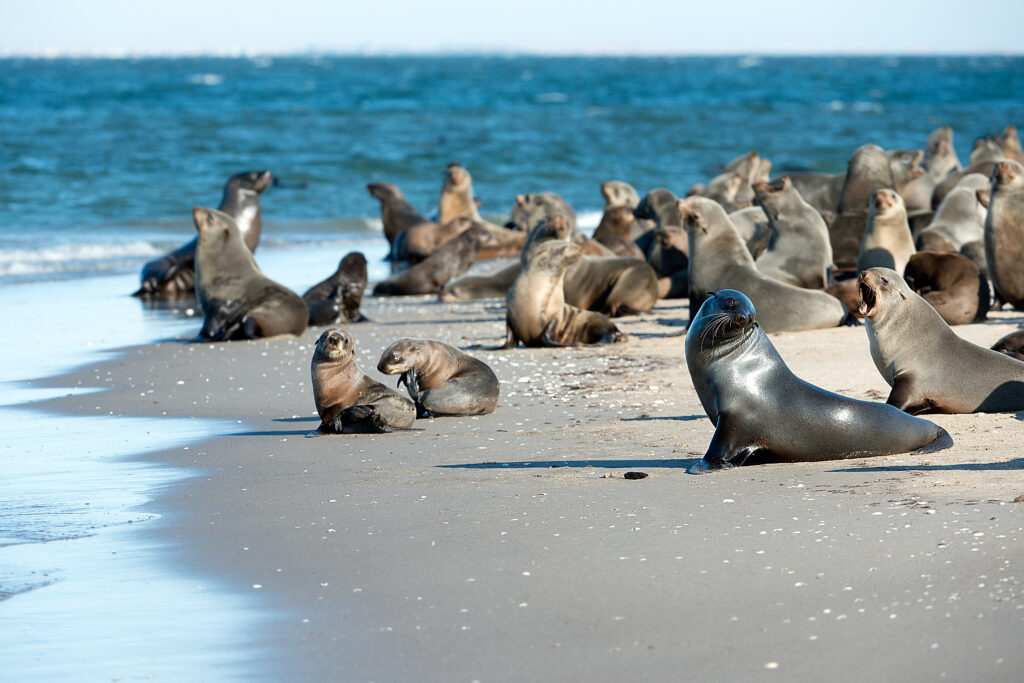
Located at the end of a long strip of sand that stretches out into the Atlantic Ocean, Pelican Point offers a unique experience of close proximity to wildlife. Imagine yourself in a kayakgliding gently through the water, surrounded by playful seals. It's here at Pelican Point, near Walvis Bay, that this magical adventure awaits you. Despite a strong smell at first, the sense of wonder soon takes over as these curious creatures come to play around you. As well as seals, keep an eye out for flamingos, pelicans and even jackals on shore.
13- Spitzkoppe
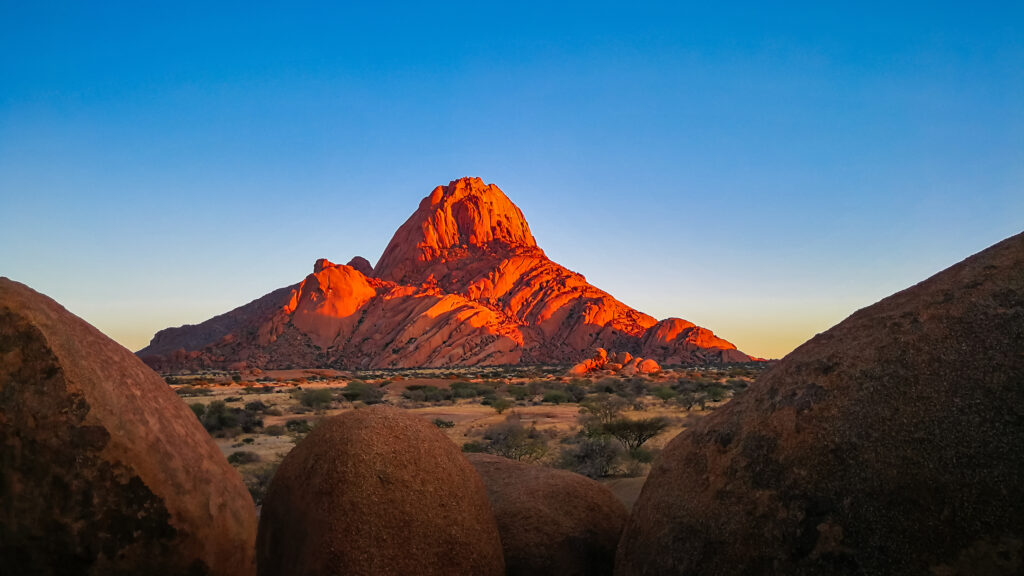
Spitzkoppe, also known as "Namibia's Matterhorn", is a spectacular mountain. With its orange-hued rocks and unique rounded shapes, it's a favorite with adventurers and photographers alike. The Spitzkoppe offers you the opportunity to camp under an immense starry sky, with the most beautiful campsite in the country. Sunrise and sunset here are breathtaking, transforming the landscape into a spectacle of warm colors. It's a magical place, where you feel small in the face of the immensity and beauty of the world.
14- Quiver Tree Forest
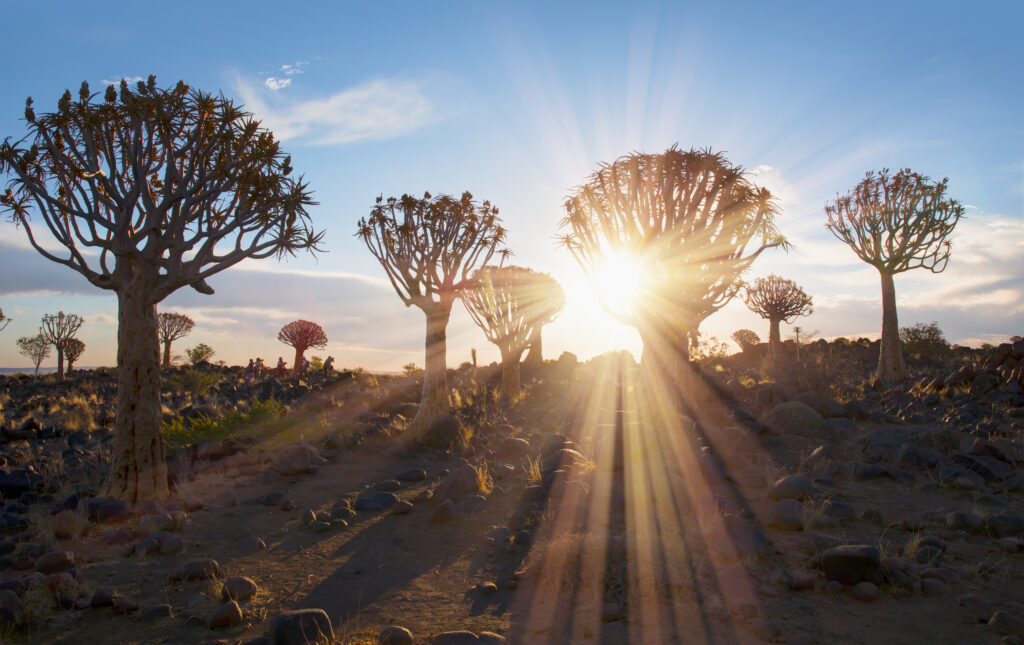
Quiver Tree Forest is an unusual natural experience. These trees, with their smooth trunks and candelabra-like branches, give the place a lunar landscape feel. The Bushmen once used their hollow branches to make quivers, hence their name. It's an original place to get away from it all, take incredible photos or simply admire the beauty of Namibia. Add to this the proximity of Giant's Playground, a labyrinth of dolerite rocks, and you're guaranteed an unforgettable adventure.
15- White Lady of Brandberg
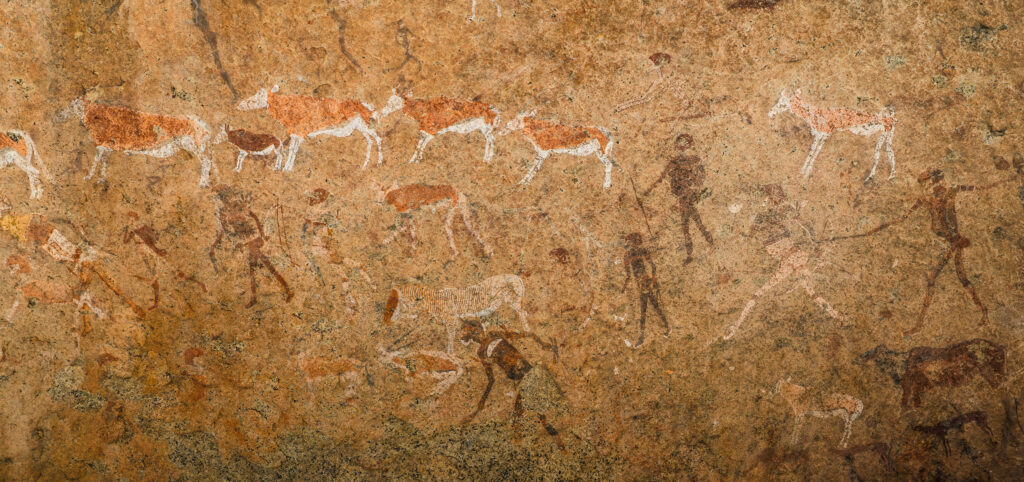
The White Lady of Brandberg is a rock painting hidden in the heart of Namibia's desert, at the foot of the country's highest peak, the Brandberg. This ancient work, which is around 5,000 years old, shows a human figure surrounded by animals and other figures, and has captured the imagination of visitors for years. The "White Lady" is often shrouded in mystery and debate as to the interpretation of its meaning and origin. However, to see this connection with the region's ancient inhabitants with your own eyes is an unforgettable experience. It's a must for those interested in the history and ancient art of Namibia.
Find out more about Namibia here!
When is the best time to visit Namibia?
The best time to visit Namibia is from April to November, during the austral winter. This period offers ideal climatic conditions for safaris, adventure activities, visits to national parks, hiking and wildlife observation. Temperatures are pleasant, allowing comfortable exploration of the savannah and desert plains. It's also a good time to avoid the crowds of the peak tourist season, especially if you're planning your trip in November.
What are Namibia's constraints?
Namibia faces challenges such as a lack of sustainable development, exacerbated by dependence on the exploitation of its natural resources. Human-wildlife conflicts are intensifying as populations of protected species increase, threatening both wildlife and local livelihoods. Climate change is exacerbating these problems, increasing the frequency of droughts, floods and fires, affecting agriculture and productivity. Despite these obstacles, community-based conservation initiatives are showing that a balance is possible, promoting a beneficial coexistence between humans and the environment.
What vaccinations are required for travel to Namibia?
To travel to Namibia, make sure your vaccinations are up to date. Vaccination against hepatitis A is recommended for all travelers. Depending on the conditions and length of your stay, vaccinations against hepatitis B, rabies and typhoid may be advisable. In addition, a yellow fever vaccination certificate is required for travellers aged 9 months and over from countries where there is a risk of transmission of this disease.
Discover Namibia's hottest activities here:
Tempted by a vacation in Namibia? Take advantage of a discount by booking your travel insurance here, and leave with peace of mind!


